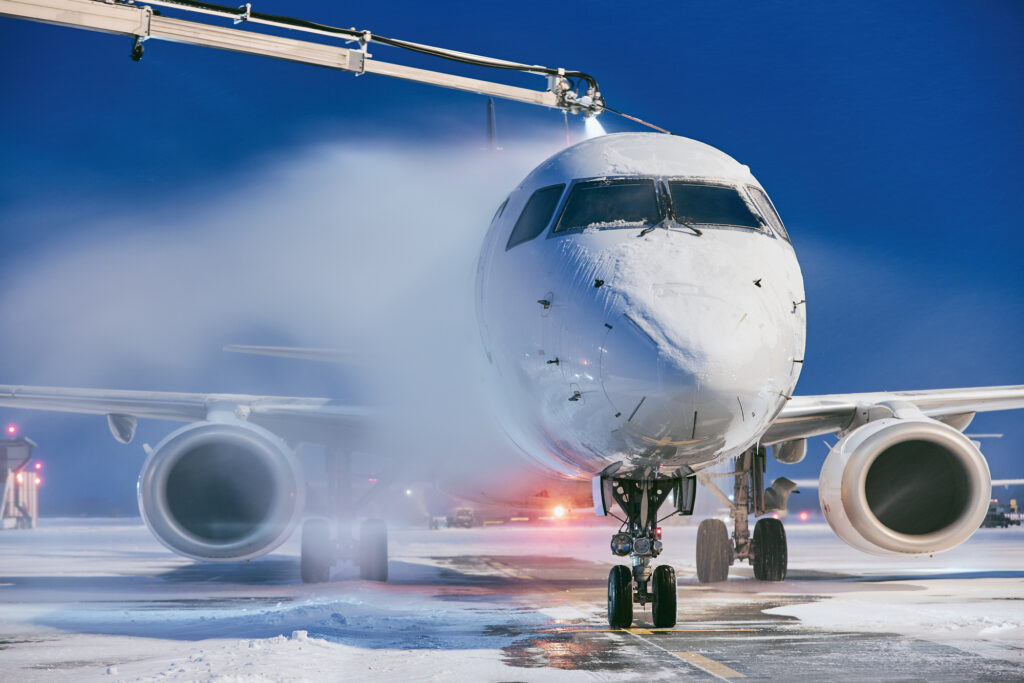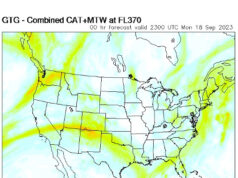
Icing is a triple threat that impacts the aerodynamics, performance, and handling of an aircraft. While the threats of icing are reviewed and examined during pilot certification and training, the types of icing, associated environmental conditions and their impacts are worth re-visiting.
Aerodynamics: Wing contamination could include snow, ice, and frost that adversely affect the aircraft by reducing lift and increasing drag. At rotation speed (Vr), the aircraft may not be generating sufficient lift for takeoff and the wings are susceptible to stalling without the early warning typically provided by stall-warning devices, such as an angle of attack (AoA) indicator, that are calibrated for an uncontaminated wing. Asymmetric wing contamination could result in a roll upset.
Performance: The performance penalties in icing conditions are quite straightforward and include the following: longer takeoff and landing distances, and slower climb rates. Icing of the stator vanes may result in compressor stalls and ingestion of ice particles could damage fan blades and compressor blades that may eventually result in engine failure. Finally, bleed air for heating, de-ice and anti-ice applications reduce the maximum available thrust.
Handling: An aircraft with a contaminated wing will respond differently to flight-control inputs and the flight crew will likely experience the “startle effect.” Contaminants, including de-icing fluid residue, are also capable of sliding into gaps in the wings, horizontal/vertical stabilizers and flight controls (e.g., ailerons, elevators, and rudder). Upon freezing, these contaminants may jam and restrict the free and full range of motion of a flight control surface.
Prior to departure and during ground de-icing operations, the type of precipitation (e.g., rain, freezing rain, sleet, or snow) impacts the hold-over times (HOTs) after the application of the de-icing fluid. Pilots should carefully review HOTs and monitor the environmental conditions during de-icing operations, taxi and prior to takeoff. Pilots are encouraged to exit the departure queue and return for another application of de-icing fluid when approaching the HOT limits. As a reminder, HOTs begin at the start of the de-icing operation. The FAA Holdover Time Guidelines Winter 2023-2024 provides official HOT guidelines for different types of de-icing fluids, temperature ranges and precipitation type.
During climb, cruise and descent segments of flight, the vertical temperature profile of the atmosphere, among others, determines the nature of precipitation an aircraft will encounter. (See Get Out! You’re on Thin Ice). A careful review of weather fronts and forecasts with altitude/route selection will help pilots avoid the hazards posed by icing conditions. If the icing conditions are overwhelming the aircrafts de-ice and anti-icing equipment, it is imperative to immediately exit these conditions.





















































